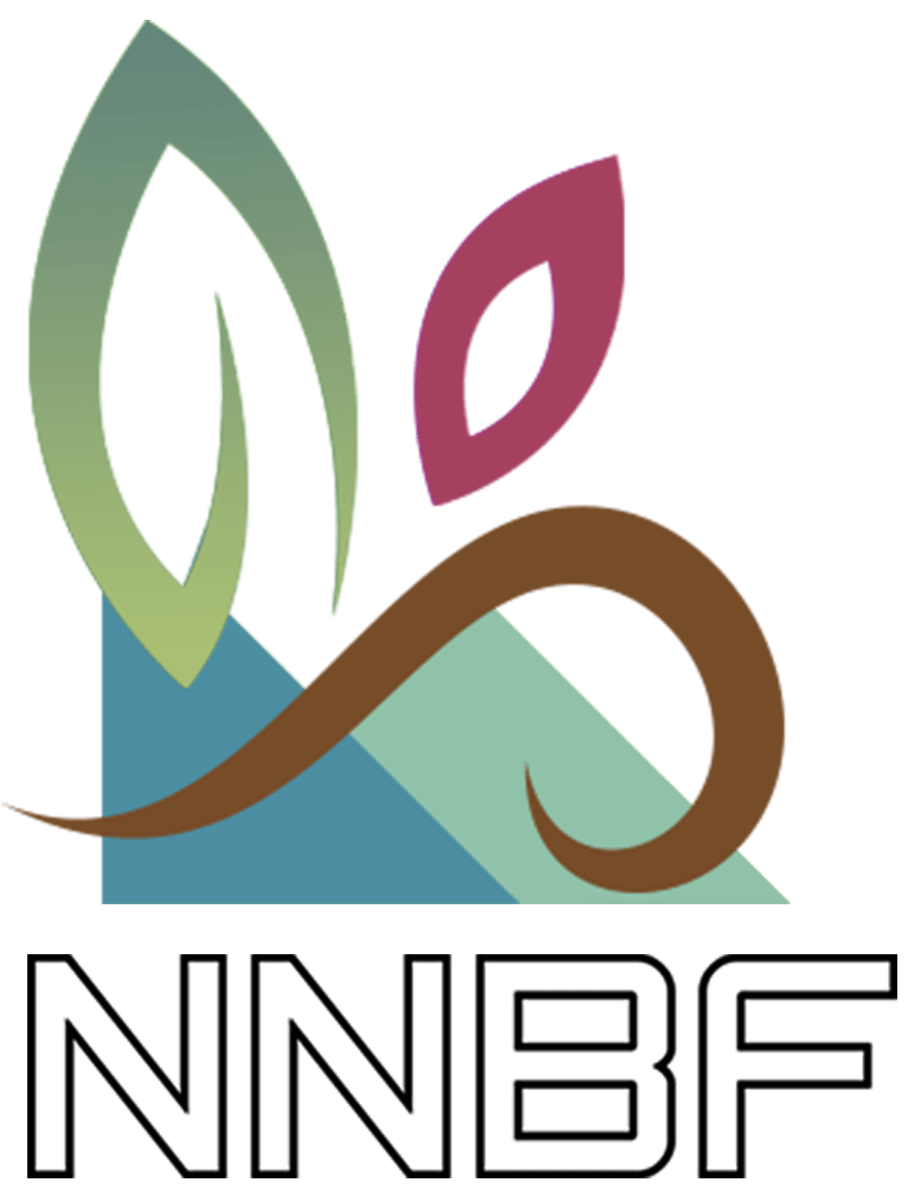
6 minute read
Introduction
Connecting projects around the world
Background
This atlas is a collection of 56 projects that illustrate a diverse portfolio of contexts, motivations, and successful outcomes. The projects were developed collaboratively to integrate natural processes into engineering strategies that support navigation, flood risk management, ecosystem restoration, or other purposes. Developing projects that combine natural and engineered systems to produce more value and a broader array of benefits is gaining increasing attention worldwide. This atlas was created in order to highlight and share examples of this practice—and efforts to simultaneously achieve engineering, environmental, and social benefits—from around the world. These projects are presented and considered in this atlas using an Engineering With Nature® lens as a means of revealing the use of nature-based approaches and the range of benefits that can be achieved.
Article cover: USACE and its contractor, Great Lakes Dredge and Dock Company, are building a dune and berm system on Long Beach Island, NJ. This design will reduce storm damage to this coastal community. (Photo by USACE Philadelphia District)
The EWN Initiative
The EWN initiative formally began in 2010 within the U.S. Army Corps of Engineers as an approach for highlighting good past practice examples while advancing current and future capabilities. The initiative has grown to include a number of partner organizations and collaborators in the U.S. and abroad. The EWN initiative supports more sustainable water resources practices, projects, and outcomes by pursuing the intentional alignment of natural and engineering processes to efficiently and sustainably deliver economic, environmental, and social benefits through collaboration (www.engineeringwithnature.org).


There are four critical elements that define the EWN approach:
Using science and engineering to produce operational efficiencies
Using natural processes to maximize benefit
Increasing the value provided by projects to include social, environmental, and economic benefits
Using collaborative processes to organize, engage, and focus interests, stakeholders, and partners
Throughout this book, the four critical elements that define progress and success related to EWN are used to describe each of the representative projects. In this way, we illustrate the efficiencies that can be gained; the interconnectivity of natural and engineered systems; the array of project benefits that can be produced; and the power of collaboration in project development.

International Projects and a Global Pursuit of Nature-Based Solutions
The established and growing interest in using nature-based approaches in the development of water resources and infrastructure is reflected in formal policies and programs in many different countries. The World Association for Waterborne Transportation Infrastructure (PIANC) developed its Working with Nature philosophy to promote the development of navigation infrastructure projects using an ecosystem approach in order to enable win-win solutions (www.pianc.org). The Rijkswaterstaat and the EcoShape program in the Netherlands have developed the Building with Nature approach, along with supporting guidelines, to advance “a new approach to hydraulic engineering that harnesses the forces of nature to benefit environment, economy and society” (www.ecoshape.org). The Environment Agency of England has developed its program for Natural Flood Management and a supporting Evidence Directory that describes a large number of nature-based approaches for reducing flood risks. Representative projects from these initiatives and others are included in this book to illustrate efforts that leverage natural processes to produce a range of functions and benefits, including engineering goals.
The principles, practices, projects, and programs associated with Working with Nature, Building with Nature, and Engineering With Nature are global examples of the interest and support that exist for integrating nature within the planning, design, construction, and operation of engineered projects to serve a wide range of purposes related to water resources and infrastructure. Projects included in this atlas from countries outside of the U.S. are identified using a globe symbol (below) to emphasize the international aspect of the effort.

The EWN Initiative and Connectivity to NNBF
The development and use of Natural and Nature-Based Features (NNBF) is one example of Engineering With Nature that has received considerable attention internationally. NNBF is a term used to refer to landscape features that are developed to provide engineering functions relevant to flood risk management while producing additional economic, environmental, and social benefits. The EWN initiative is working to expand opportunities for NNBF application by supporting research and development, technology transfer, and stakeholder engagement. Examples of NNBF include beaches and dunes, islands, forests, wetlands, and reefs, among other types of features. These features occur naturally on fluvial and coastal landscapes and can be constructed through human engineering (i.e., they are nature-based). [1]
NNBF represents an opportunity to achieve both flood risk management and ecosystem restoration goals. Flood risk managers are interested in leveraging natural systems to attenuate floodwaters while expanding the range of services (to include environmental and social benefits) provided by infrastructure systems. Scientists and engineers supporting ecosystem restoration projects are interested in understanding where and how projects could be located and designed to provide engineering services related to flood risk management, in addition to the environmental benefits the restoration will provide. Projects in the Atlas that were developed as NNBF projects; i.e., to produce flood risk management and other benefits, are designated using the following symbol:

The brief project descriptions summarize the flood risk management and other benefits provided by the project.
Considerable attention is being focused on quantifying the engineering and other benefits produced by NNBF. Readers interested in learning more about these and other projects in the Atlas are encouraged to contact the relevant points of contact listed in the acknowledgments section of this book.




[1] Bridges, T. S. et al. 2015. Use of Natural and Nature-Based Features (NNBF) for coastal resilience. ERDC SR-15-1. Vicksburg, MS: U.S. Army Research and Development Center.










